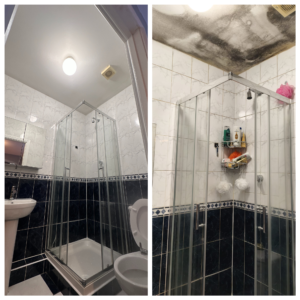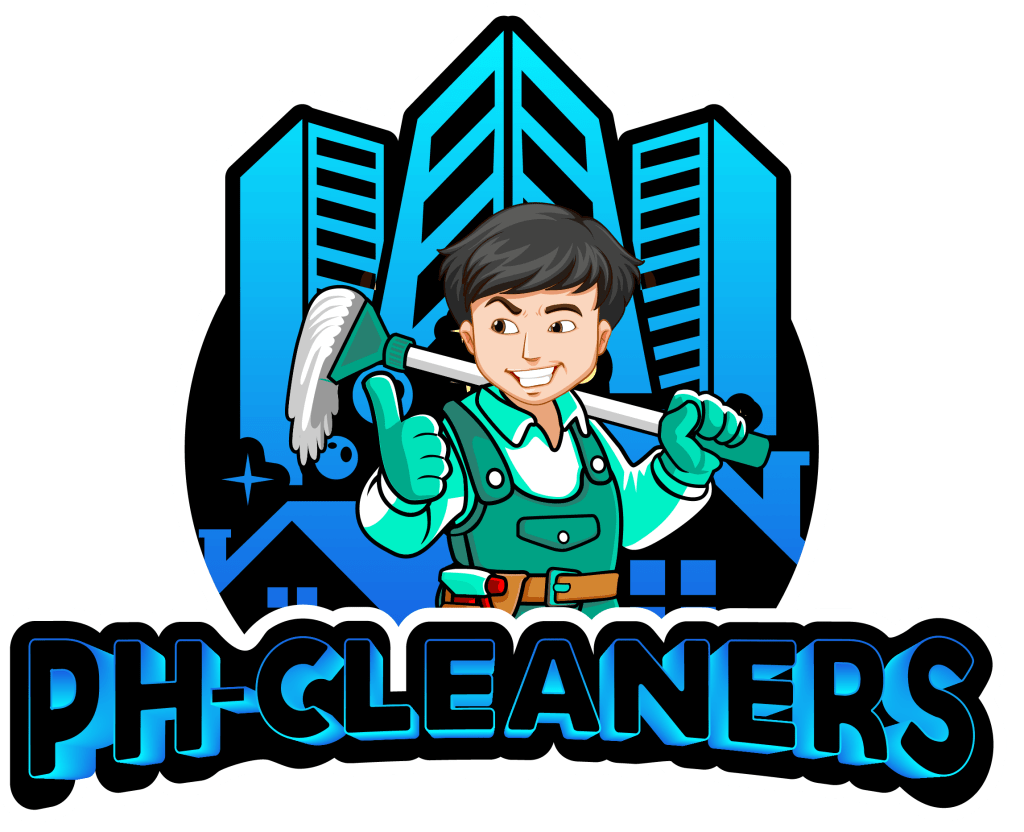How to Safely Remove Mold from Walls: Expert Guide
The right way of knowing How to Clean Mould Off Walls safely One challenge faced by home and property owners is the growth of mould on their walls which is usually due to existing moisture or humidity in the environment due to lack of ventilation. Mould not only ruins the aesthetics of your space but can also lead to serious health implications, including respiratory problems and allergies. Luckily, removing mould from walls is a task you can tackle at home with the right tools and techniques. Whether you have a few small patches or an entire wall covered in mould, you need to get to work quickly to minimize damage and create a safe environment in your home.
Basically, you will need to find the origin of the moisture that causes the mould growth, because if you don’t tackle the root cause, future infestations are inevitable. Then you scrub the affected area with simple household products, such as white vinegar, baking soda or commercial mould cleaners. When cleaning, wear protective gloves, and a mask and get proper ventilation so you don’t inhale the spores.
In this comprehensive guide, we will guide you through the safest and most effective methods for removing mould naturally or through chemical treatments. You can have your walls back to their original state and make sure your home stays mould free afterwards by following these steps.
Safety First
Always wear PPE when handling mold: N95 mask, gloves, and eye protection. Consult professionals for areas larger than 10 sq ft or toxic black mold.
Effective Way How to Clean Mould Off Walls
| Solution | Best For | Effectiveness |
|---|---|---|
| White Vinegar | Small surface mold | 85% removal rate |
| Hydrogen Peroxide (3%) | Porous surfaces | 90% effectiveness |
| Baking Soda Paste | Delicate wall finishes | 75% effectiveness |
| Commercial Mold Removers | Stubborn infestations | 95%+ effectiveness |
Step-by-Step Removal Process
1. Preparation
- Seal off the area
- Protect flooring with plastic
- Ensure proper ventilation
2. Cleaning Procedure
- Mix solution (1:1 vinegar/water recommended)
- Apply with a spray bottle
- Scrub gently with a stiff brush
- Wipe with a clean damp cloth
- Dry thoroughly (use a dehumidifier if needed)
Mold Prevention Strategies
- Maintain humidity below 50%
- Improve air circulation
- Fix leaks immediately
- Use mold-resistant paint
- Clean gutters regularly
- Insulate cold surfaces
When to Call Professionals
| Situation | Recommended Action |
|---|---|
| Recurring mold | Professional assessment |
| Structural damage | Contractor consultation |
| Health concerns | Certified remediation |
Health Risks
Exposure to mold spores can cause respiratory issues, and allergic reactions, and worsen asthma symptoms. Children and immunocompromised individuals are particularly vulnerable.
FAQ: Mold Removal Questions
Q: Does bleach kill mold?
A: Bleach only removes surface stains – it doesn’t kill mold roots and can damage porous surfaces.
Q: How long does removal take?
A: Small areas: 2-3 hours. Larger infestations: 1-3 days including drying time.
Q: Can I paint over mold?
A: Never! Paint will peel and mold will regrow. Always clean thoroughly first.
Get Professional Mold Assessment
Essential Cleaning Tools
- Stiff bristle brush
- Microfiber cloths
- Spray bottles
- HEPA vacuum
- Dehumidifier


